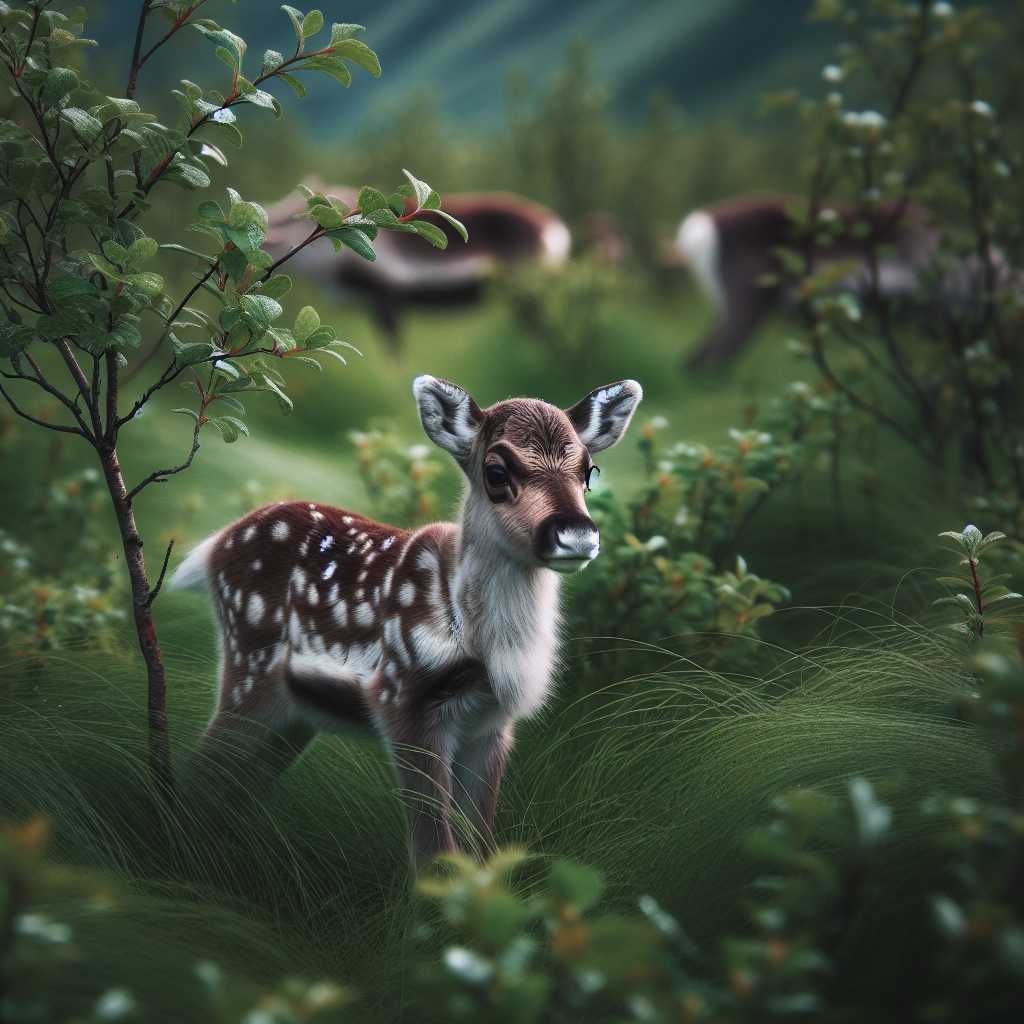Understanding the Life of Baby Reindeer: Majestic Beginnings to Arctic Survivors
Reindeers, also known as caribou in North America, are sturdy creatures adapting marvellously to their cold environments. The young of these species, known as baby reindeer or calves, embark on an incredible journey of growth and survival from the moment they are born. This long-format article explores their early life stages, habitat necessities, development, and the challenges they face along the way.
Birth and Early Adaptation
Reindeer are a unique species, with several adaptations that allow them to thrive in the extreme conditions of the Arctic. Calving season usually occurs in the spring months, timed so that the calves are born when the temperature begins to rise, and food becomes more available. During this period, female reindeer, also known as cows, will break away from their herds to give birth to a single calf after a gestation period of about 229 days.
Physical and Behavioral Characteristics of Newborn Calves
Newborn reindeer calves arrive into the world weighing between 5 to 20 pounds. One of their most remarkable features at birth is their ability to stand up and walk very shortly after being born — often within the first hour of life. This is crucial for their survival in predator-rich environments. They carry a spotted coat that serves as camouflage amongst the vegetation.
Nutrition and Weaning
Mother’s milk provides essential nourishment in the early weeks of a calf’s life. This rich milk allows the calves to gain weight rapidly. Over time as they grow, calves will wean off milk and start grazing on a varied diet comprising mainly lichen, grasses, fungi, leaves, and twigs.
Herd Integration and Social Structures
After just a few weeks, reindeer calves begin integrating into the herd’s social structure. They learn migration routes and survival techniques by following older members of the herd. Living in a community provides numerous advantages including protection from predators like wolves and bears, assistance in finding food, and learning complex social cues.
Survival Strategies and Predation
Survival is a serious concern for baby reindeer due to a harsh environment and high predation rates. They rely on their agility and speed – a calf can outrun a human within a day of its birth. Furthermore, these intelligent creatures are swimmers from an early age, which helps them across watery terrain during migration.
Impact of Climate Change and Human Activities on the Habitat
Despite their adaptability, baby reindeer confront new challenges brought about by climate change and increased human activities. Warmer temperatures can affect their food supply by altering plant growth cycles or causing weather extremes that make foraging difficult. Meanwhile, habitat encroachment through logging, mining projects, and infrastructure development puts pressure on the land resources available to them.

